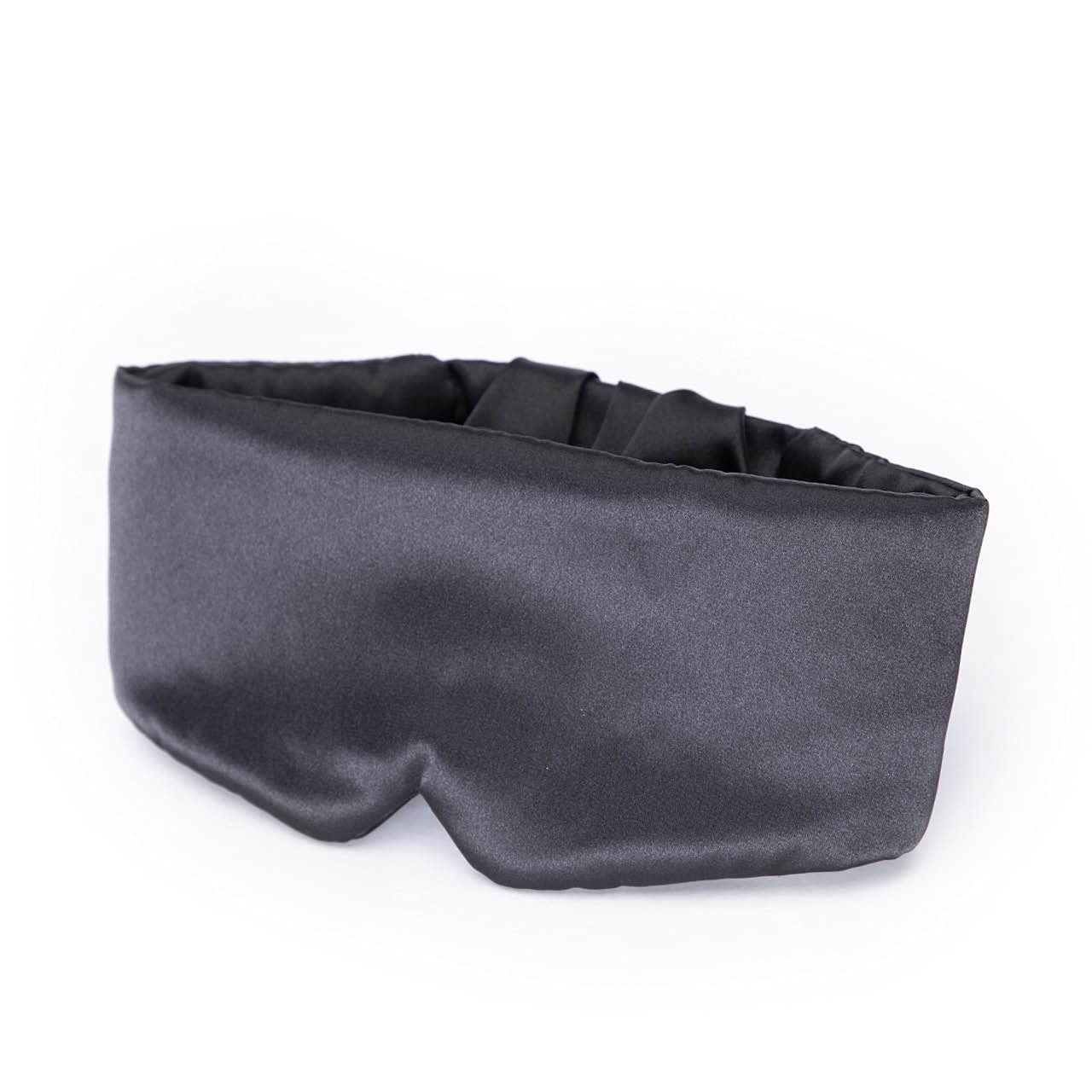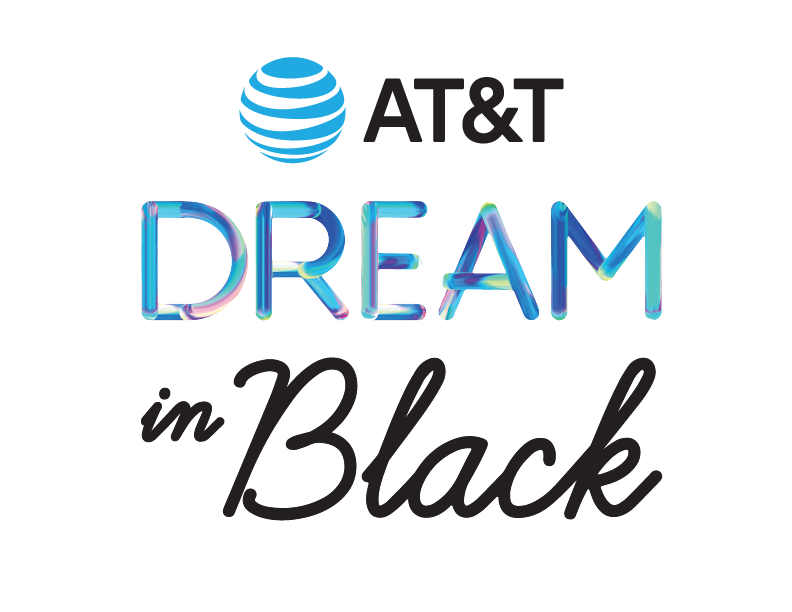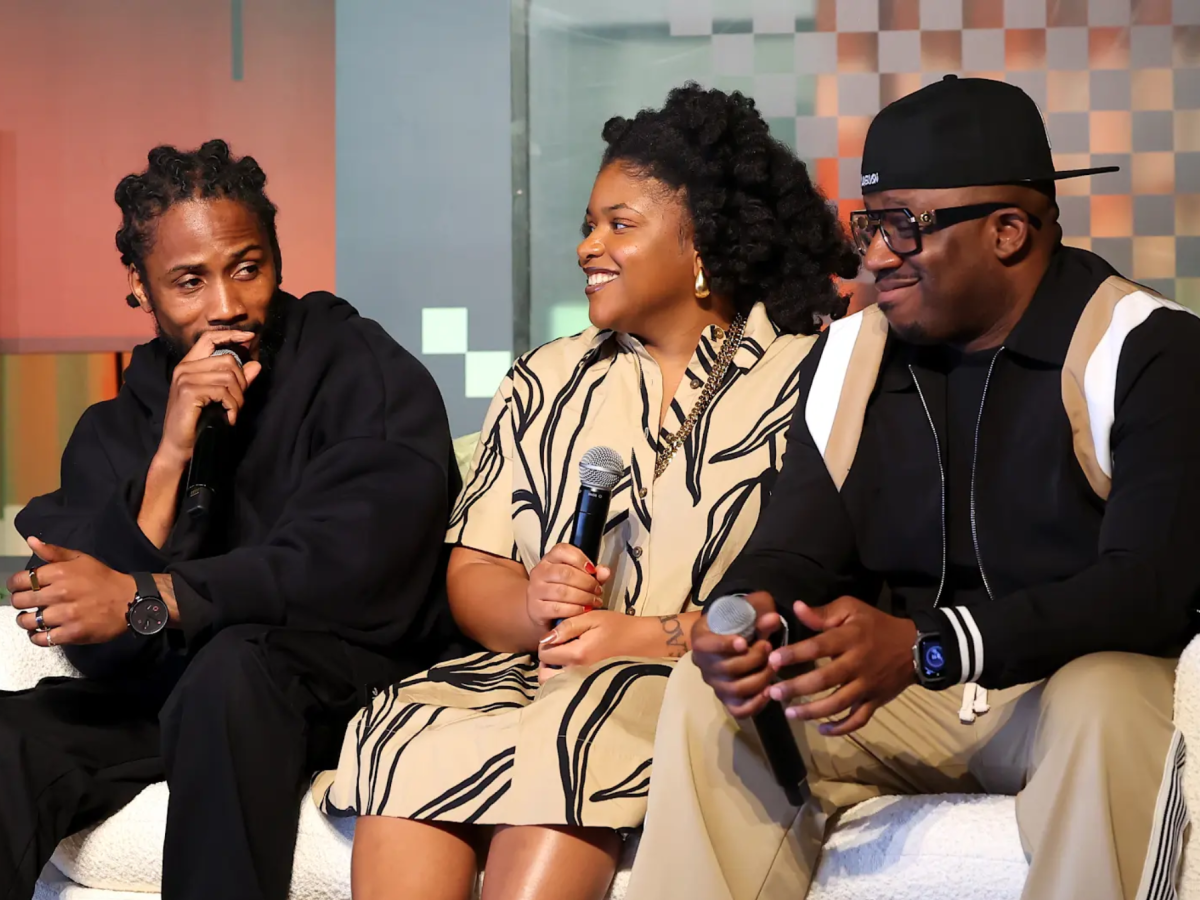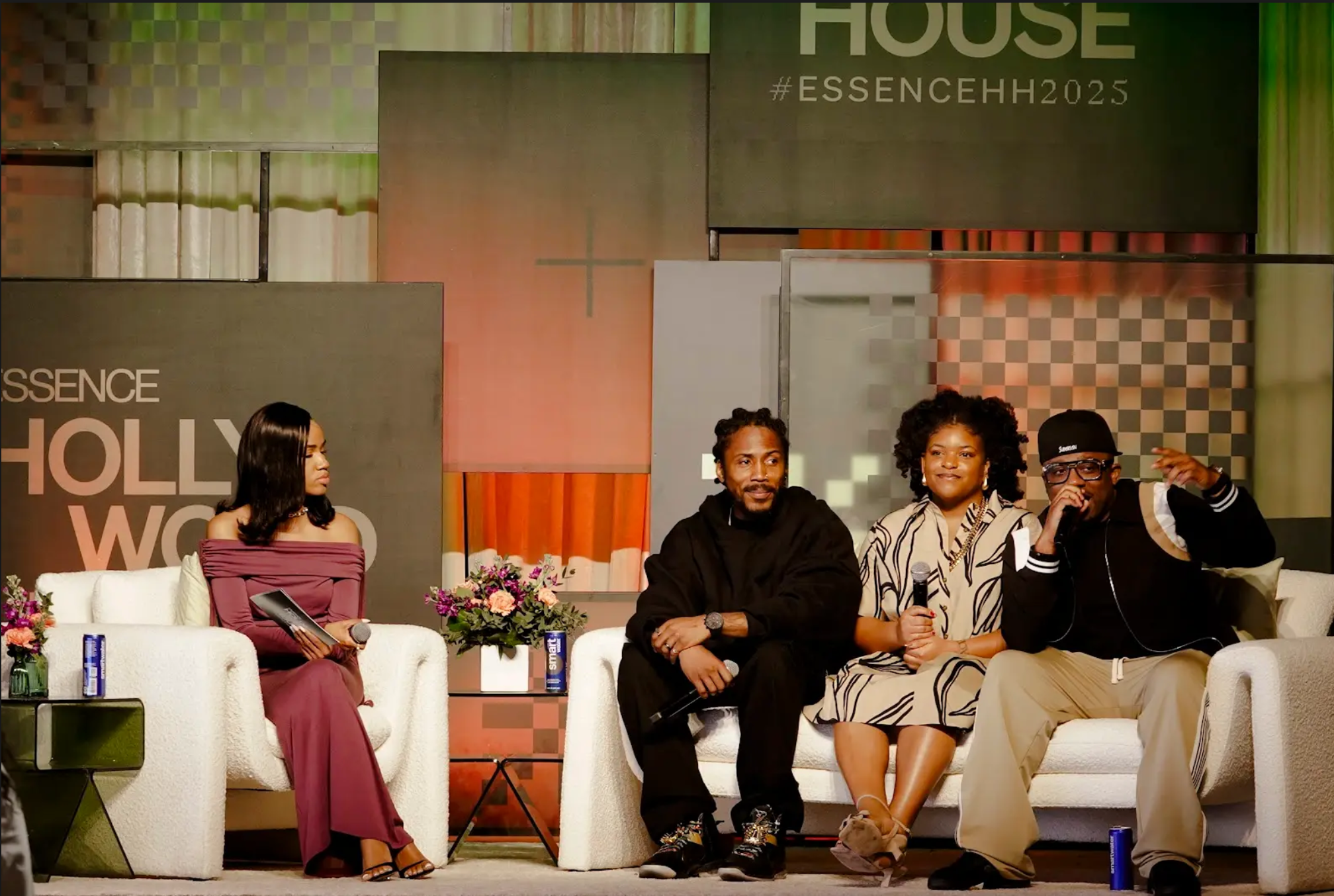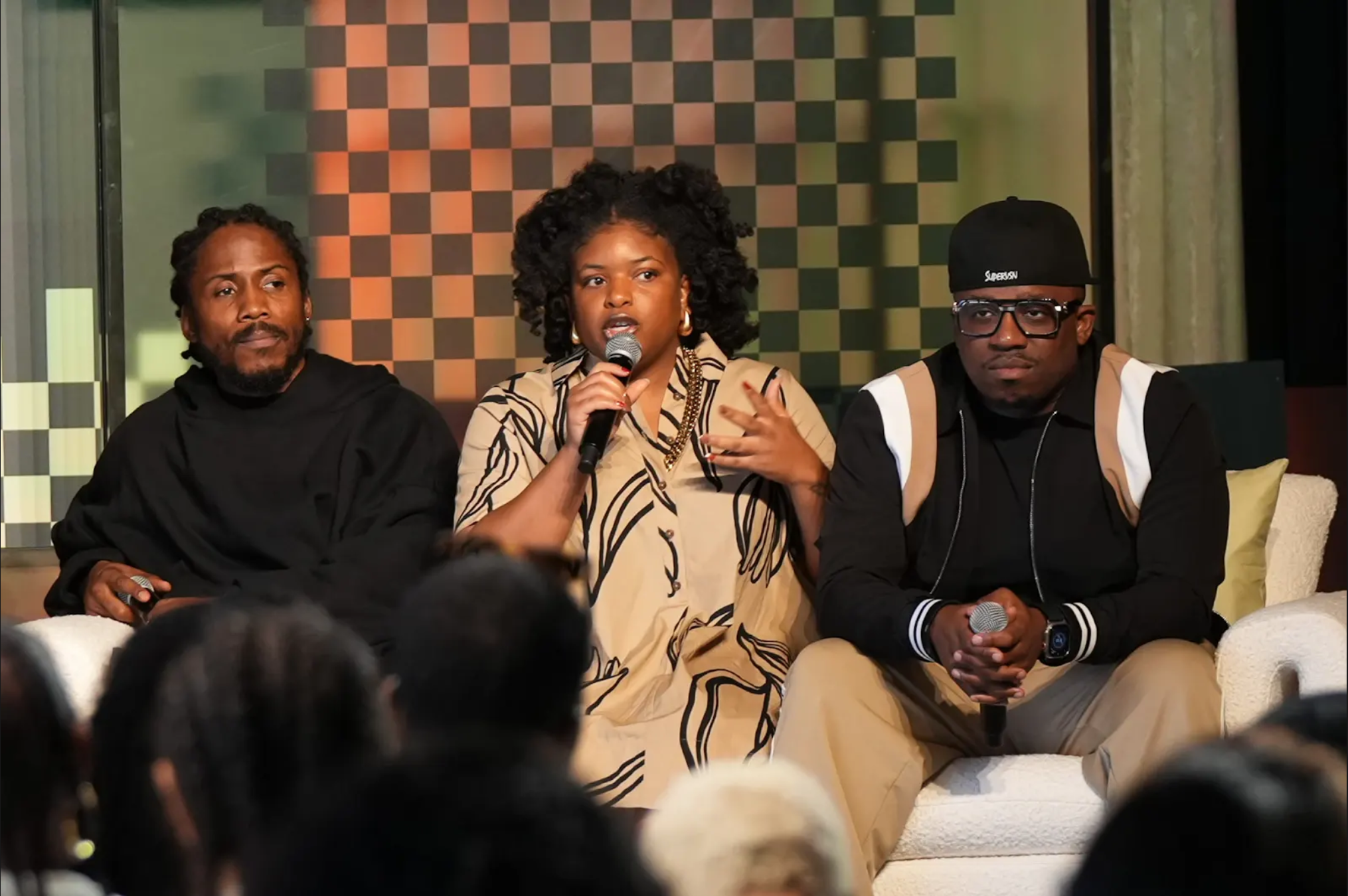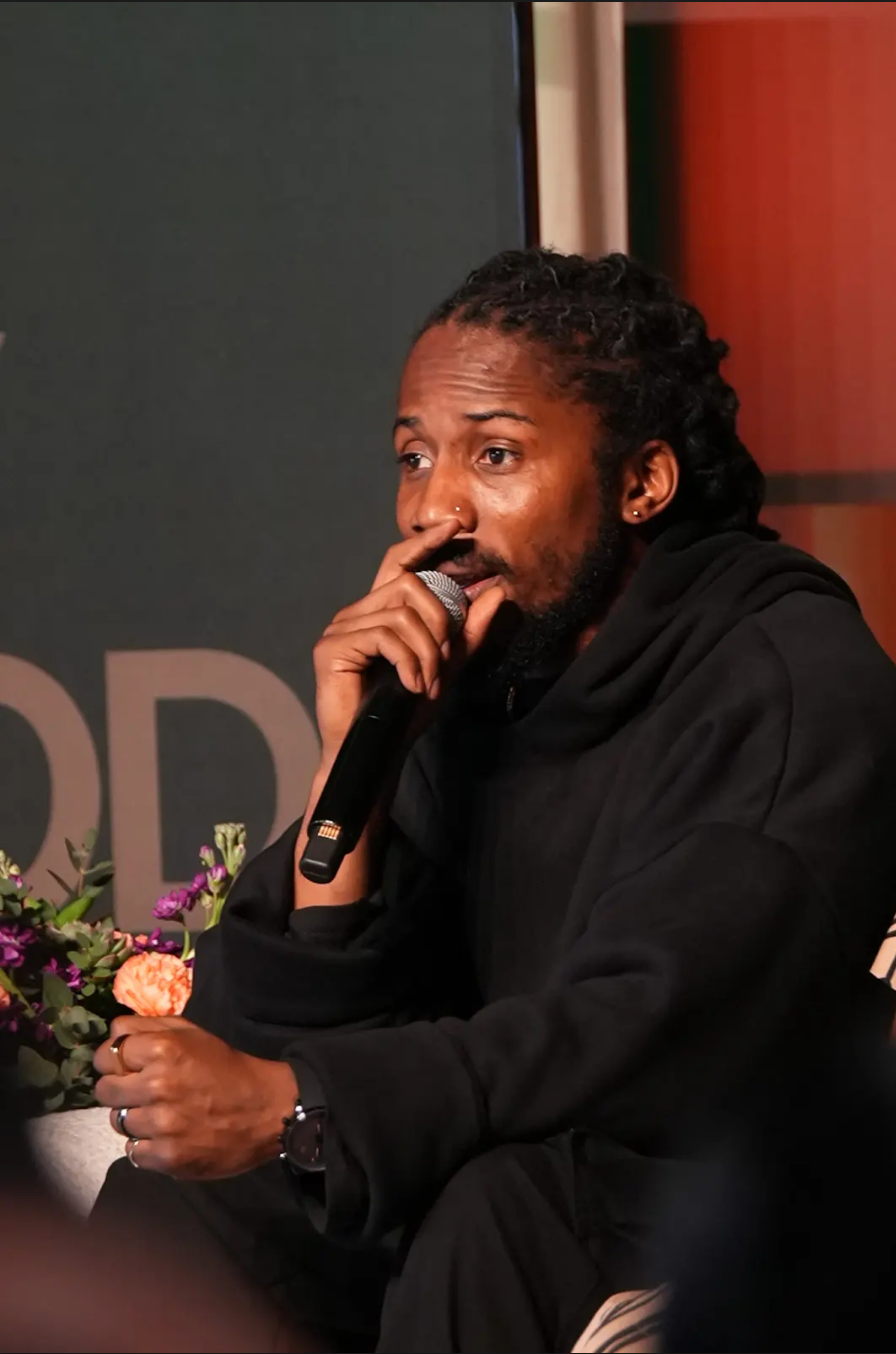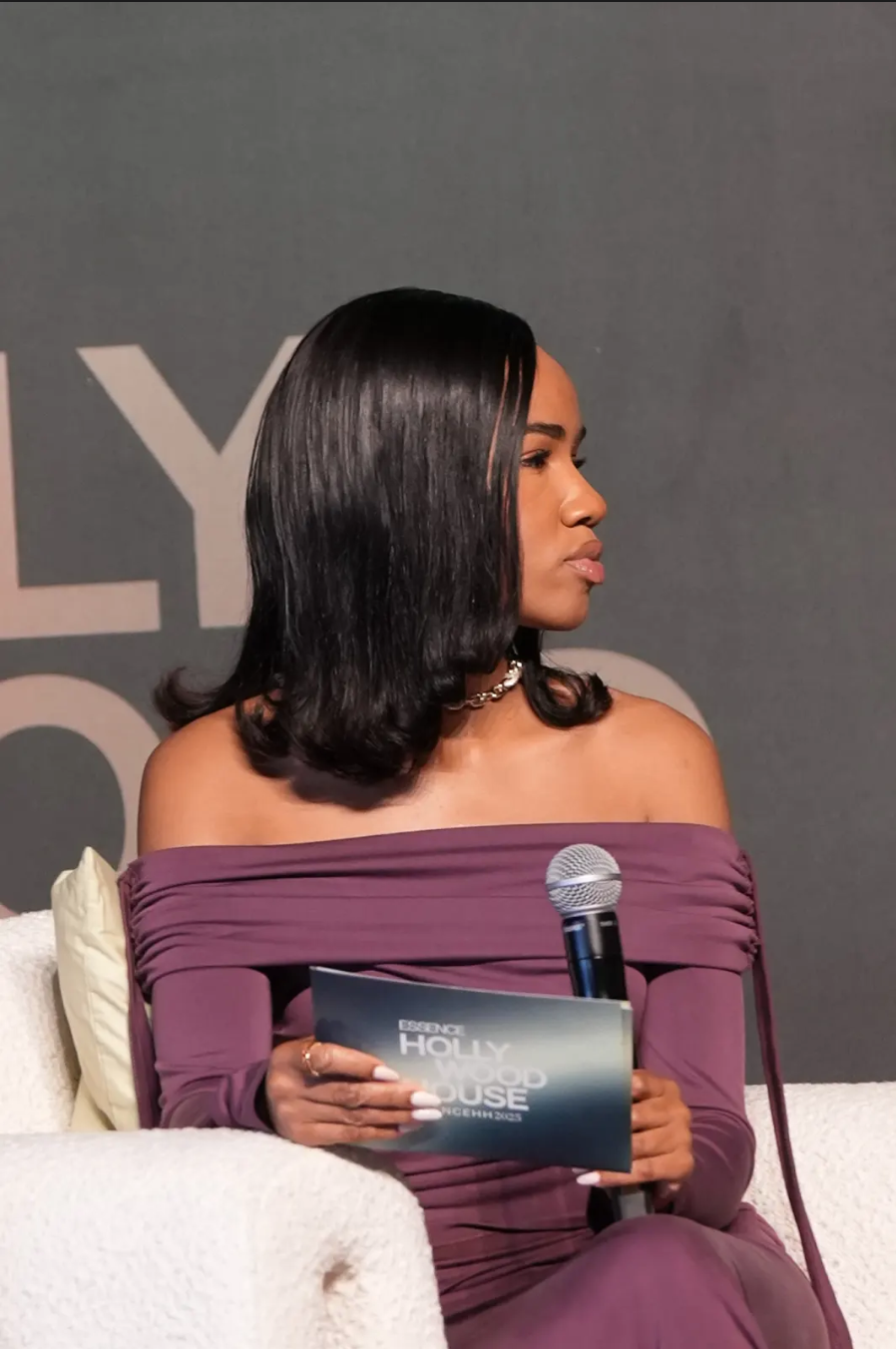
In my first corporate interview as a campus candidate, I wore a conservative heel, following the standard advice on recommended interview attire. However, I didn’t anticipate the physical demands of the day. While I was aware that the interview would be conducted on-site, I didn’t realize it included a tour of the facility, walking up steep stairs and across floors with grated drains. This experience taught me a valuable lesson: Different interviews call for different attire. It’s a lesson I readily paid forward in early HR roles as a campus recruiter.
Choosing the right outfit for a job interview is not just about looking good, it’s about showcasing your best self. What’s appropriate varies depending on factors like company culture, planned activities, and the type of interview. To help you make a great first impression, here are some suggestions for choosing suitable attire for different types of job interviews.
Traditional In-Person Interview: This is the classic one-on-one interview, where you meet face-to-face with a hiring manager or recruiter.
For an ensemble that conveys professionalism and makes a solid first impression during the interview, a safe choice might be a tailored blazer paired with a blouse or button-down shirt, dress pants, or a knee-length skirt. Choose neutral or solid colors like black, navy, gray, or dark brown for a sophisticated look. Accessorize with simple jewelry, such as stud earrings and a watch, and wear closed-toe pumps or flats for footwear. Ensure the outfit is well-fitted, comfortable, and appropriate for the industry and company culture.
Panel Interview: In this type of interview, you’re interviewed by a group of people, typically members of the hiring team or various stakeholders within the company.
In a scenario where you’re being assessed by several individuals with varying tastes and style preferences, opting for a conservative approach is advisable. A suitable outfit could include a well-fitted, tailored suit in a neutral color like black, navy, or charcoal gray. Pair the suit with a crisp, button-down shirt or blouse in a complementary color. Opt for understated yet stylish accessories like a statement necklace, subtle earrings, and a watch. Closed-toe heels or flats in a coordinating color would complete the ensemble.
Make sure your attire is polished, comfortable, and fits the company’s culture and industry. This ensemble will show professionalism and project confidence as you engage and interact with multiple interviewers.
Case Study Interview: Commonly used in consulting and finance, case interviews present a hypothetical business problem or scenario you’re asked to analyze and solve. Movement and confidence are crucial in this scenario as the candidate presents before an audience.
To excel in a case interview, selecting attire that allows mobility and professionalism is crucial. Either of the suggestions mentioned earlier will suffice but avoid overly restrictive or uncomfortable clothing that might hinder your confidence.
Beforehand, practice moving, walking, and performing various actions in your outfit to ensure comfort and flexibility. By rehearsing your movements, you’ll feel more confident engaging with the audience and effectively showcasing your analytical prowess and problem-solving abilities. Balancing comfort and professionalism is key to making a strong impression during the case interview.
Phone or Video Interview: With the rise of remote work and global hiring, many interviews now occur virtually. Attire may not be fully visible in this scenario.
You’re often more visible in virtual interviews than in person. Capitalize on this by optimizing your visual presentation. Dressing down is necessary, even if your attire isn’t fully visible. Professional attire boosts your confidence and positively impacts your interview performance.
Choose business attire like a button-down shirt or blouse with dress pants or a skirt, avoiding loud patterns or distracting accessories. Ensure you’re well-lit with natural or soft artificial light, and position yourself facing the light source to avoid shadows. Select a clean, clutter-free background, like a neutral wall or tidy workspace, to keep the focus on you. Maintain good posture and eye contact with the camera to connect with the interviewer. These visual elements greatly enhance your overall presentation and engagement during the interview.
Group Interview: In a group interview, candidates may be seated with other applicants in a circle or around a table. This format requires candidates to engage with interviewers and fellow candidates, demonstrating teamwork and communication skills.
In a group interview, standing out while ensuring you don’t overshadow others is essential. Less is often more in this scenario, so focus on letting your confidence and competence speak for themselves. Dress professionally, but avoid flashy or attention-grabbing attire that may distract from your qualifications. Instead, opt for a polished, understated look that conveys professionalism and confidence without overwhelming others. During the interview, actively engage with interviewers and fellow candidates, demonstrating your teamwork and communication skills. Listen attentively, contribute thoughtfully, and collaborate effectively to showcase your ability to work well in a group setting. Remember, in a group interview, the goal is to demonstrate your strengths while also respecting and valuing the contributions of others.
Second or Final Round Interview: After initial screenings, candidates may be invited back for additional rounds of interviews, often with higher-level staff or executives.
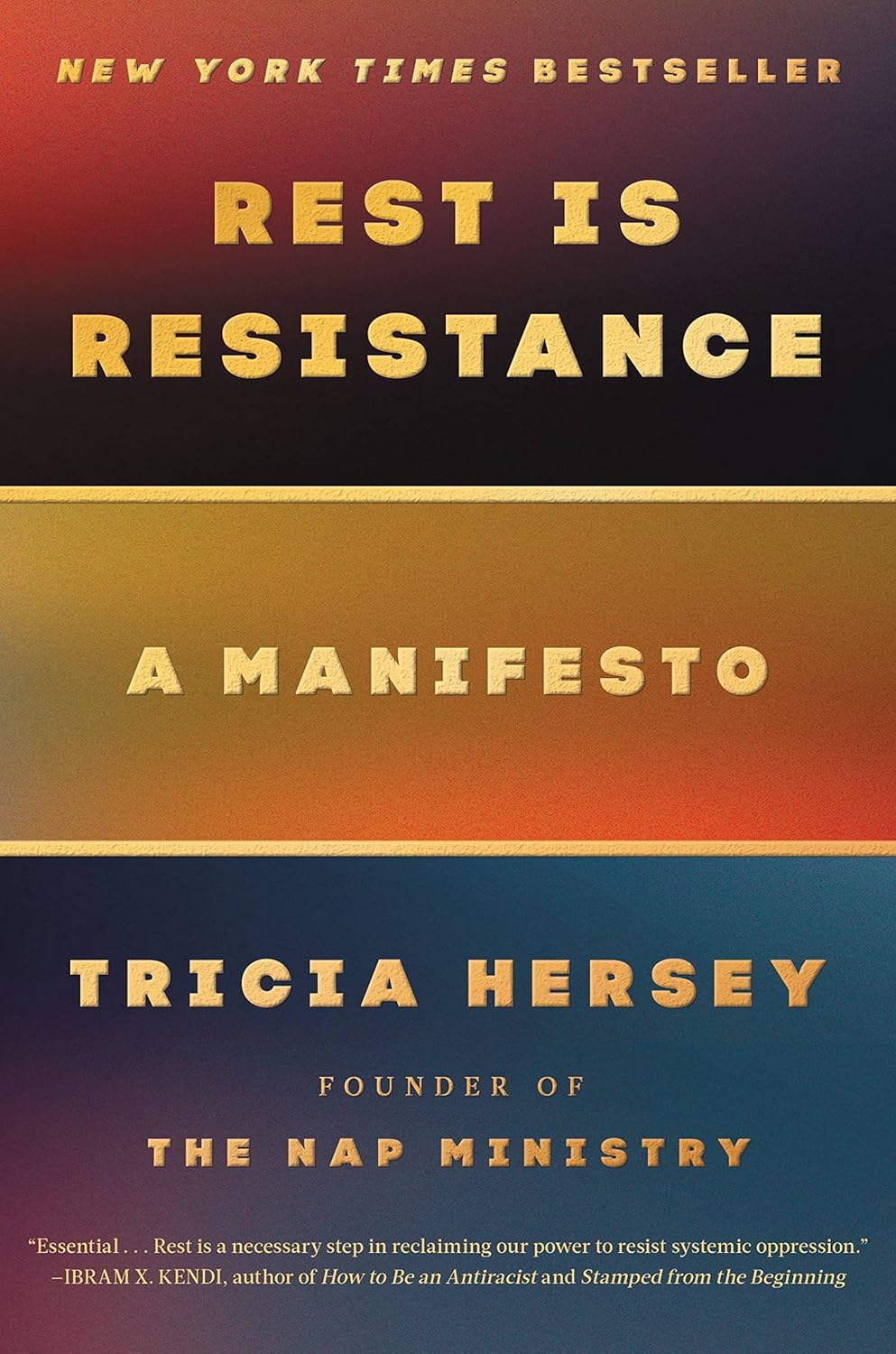
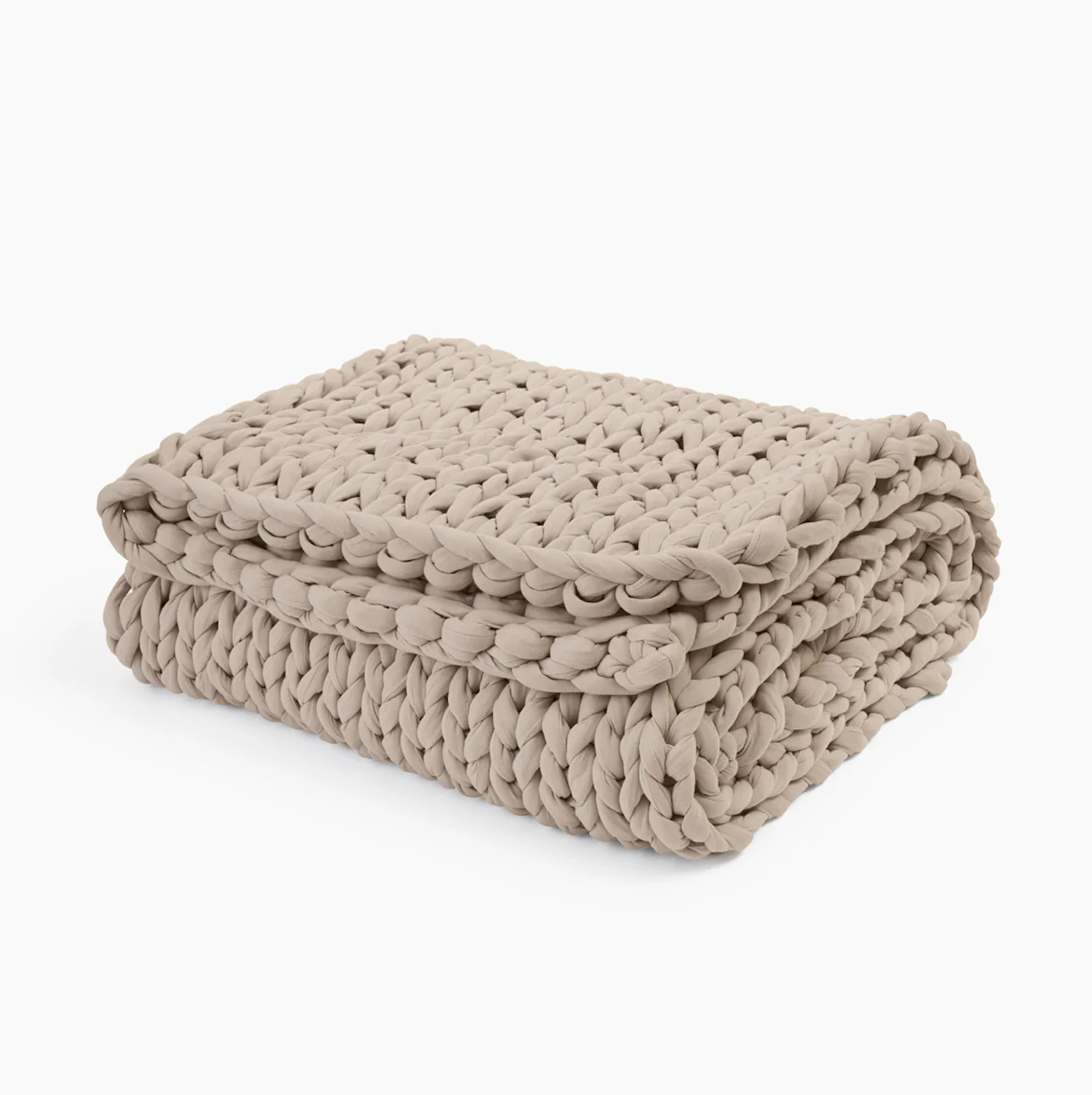
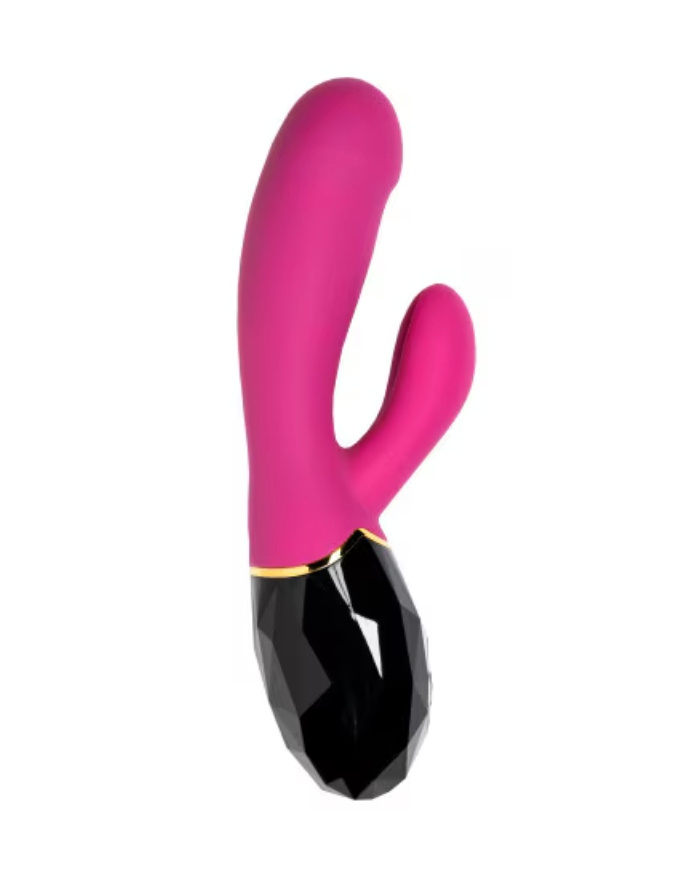
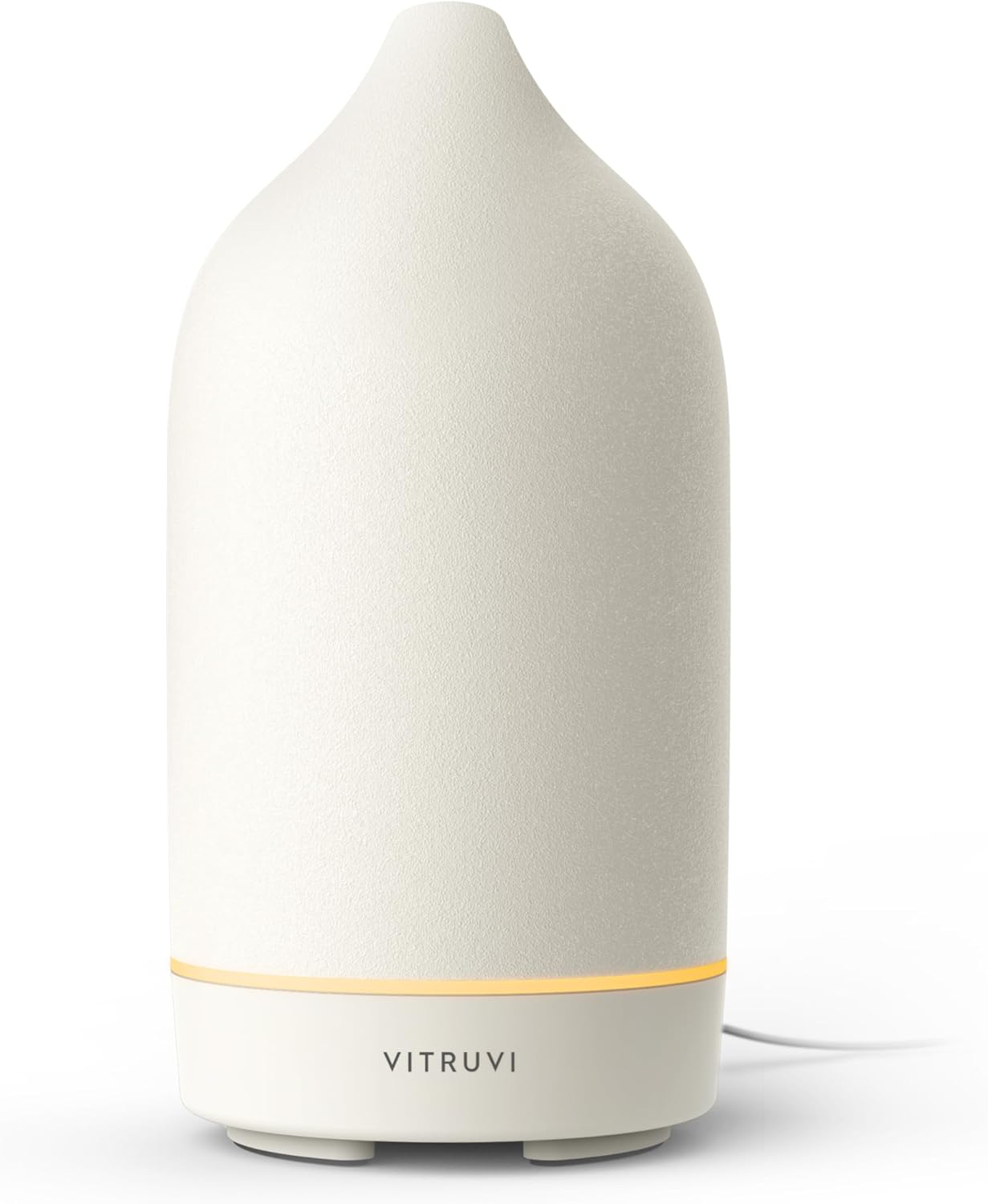
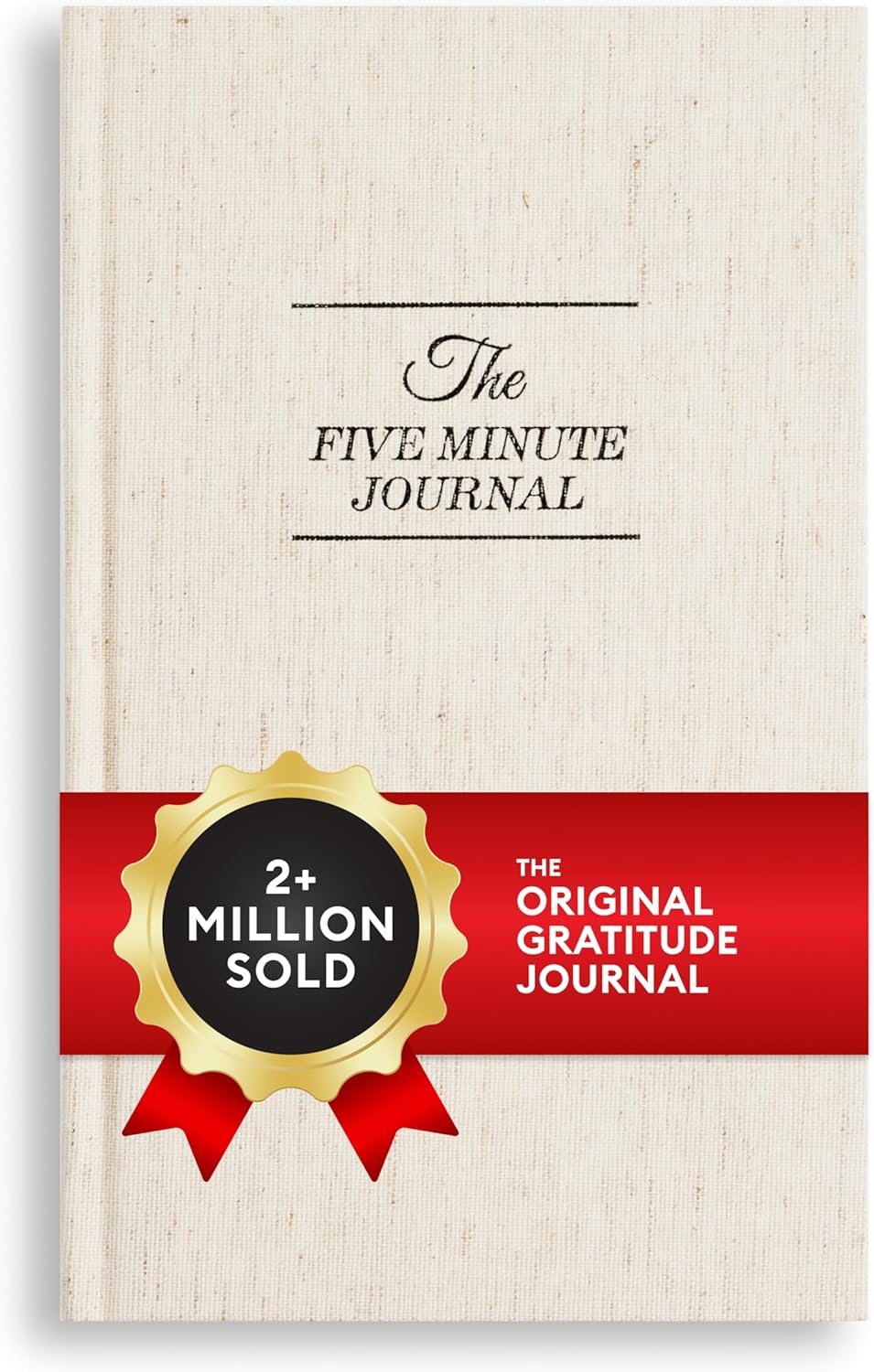
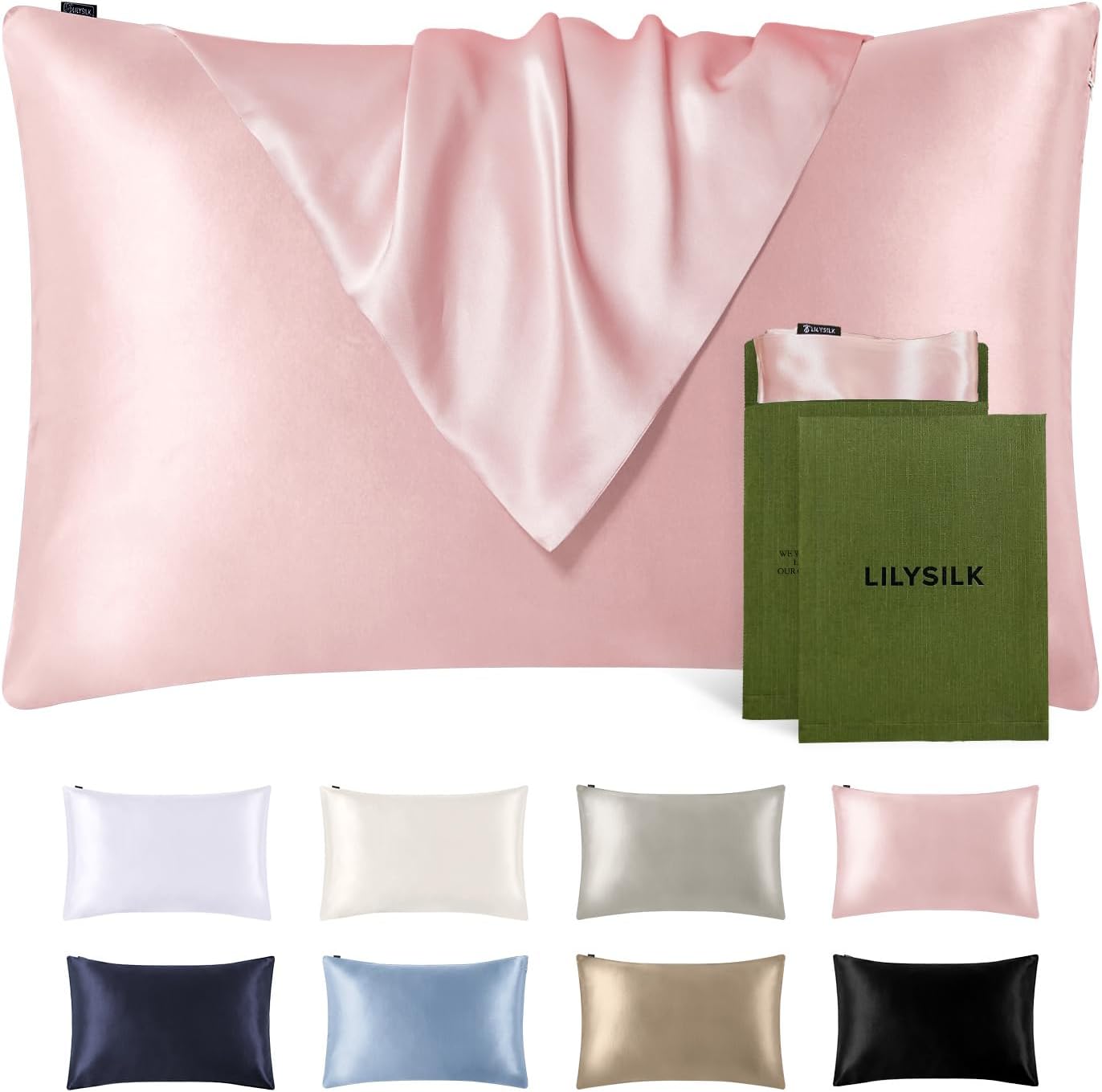

We’re beyond initial impressions. You’ve likely engaged in several discussions with various stakeholders for the role. To seal the deal, it’s paramount to convey professionalism, competence, and alignment with the company’s culture and values. Feel free to select attire that reflects more of your personal style. Incorporating subtle details like a signature piece or a pop of color can highlight your personality while maintaining professionalism. Additionally, focus on your body language and communication style, ensuring you exude confidence, enthusiasm, and a genuine interest in the role and the company.
Whether you choose a tailored suit or separates, the objective remains the same: prioritize comfort while maintaining professionalism, allowing your essence and confidence to shine through.
